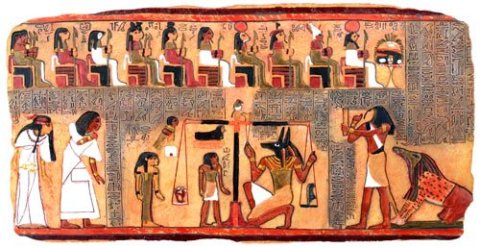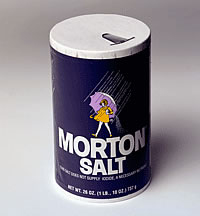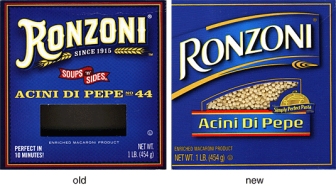To Logo or Not to Logo…
A client posed the following question: “What’s your perception of logos and are they a cost-effective investment?”
I love this question. It’s not new, nor is the discussion. But considering the unstable climate of our financial times, one worth a revisit. Everyone’s trying to be more careful and make more intelligent decisions about where their dollars go. So, I felt inspired to share my answer:
A logo is the hub of your brand identity. The grand central station. It’s the singular consistent visual that appears everywhere, on everything, carrying your identity into livingrooms and faraway lands and back.
It’s what you put on the packages you send out that says “we’re a real company”. It’s your signature, your great “identifier” ~ so that when people repeatedly see a certain shape or combination of shapes, colors and letters it prompts a psychological association with a company, a person, a quality. You get the idea.
It’s recognition by repetition. And that’s a good thing, because you want to be noticed. And you want it to be strong at-a-glance; something that’s, if not remarkable, at least memorable. Like these classics:
That all said (and I kind of hate to say this since logos are something I do) … you can have a “look and feel” without a logo per se. You can create an “identity” with colors and fonts and use of space.
Case in point: another client wants to establish herself as a voice in the fashion world via writing, and her cash flow is tight. She was convinced she needed a logo and a whole brand identity scheme (all of which can add up to a pretty penny) ~ when in truth, for her needs, she doesn’t “have to have” a logo. What she does have to have is great content and great imagery.
Sure I would have preferred that she need a logo and could pay me to create it, but this is how I advised her because in her case it makes sense ~ not only from a monetary perspective but in terms of creating an online presence that can grow as her own voice grows.
A logo can appear very simple. A simple type treatment, or one with a clever twist, or a symbol as its core. The value, aside from it being “just yours”, is in its consistent use across the board, applied to all things “Business X” and serving as a steady, stable ambassador. And that is no small thing.
But a logo is not, as I’ve said in previous conversations, in and of itself, The Brand Identity. It’s a big part of the whole (and not to be fooled with or “just anything” tossed up). There are many factors that make up that whole, and sometimes it’s both necessary and okay to approach it from a different perspective. Worth pondering before jumping in. And if you do jump, understand its value.












